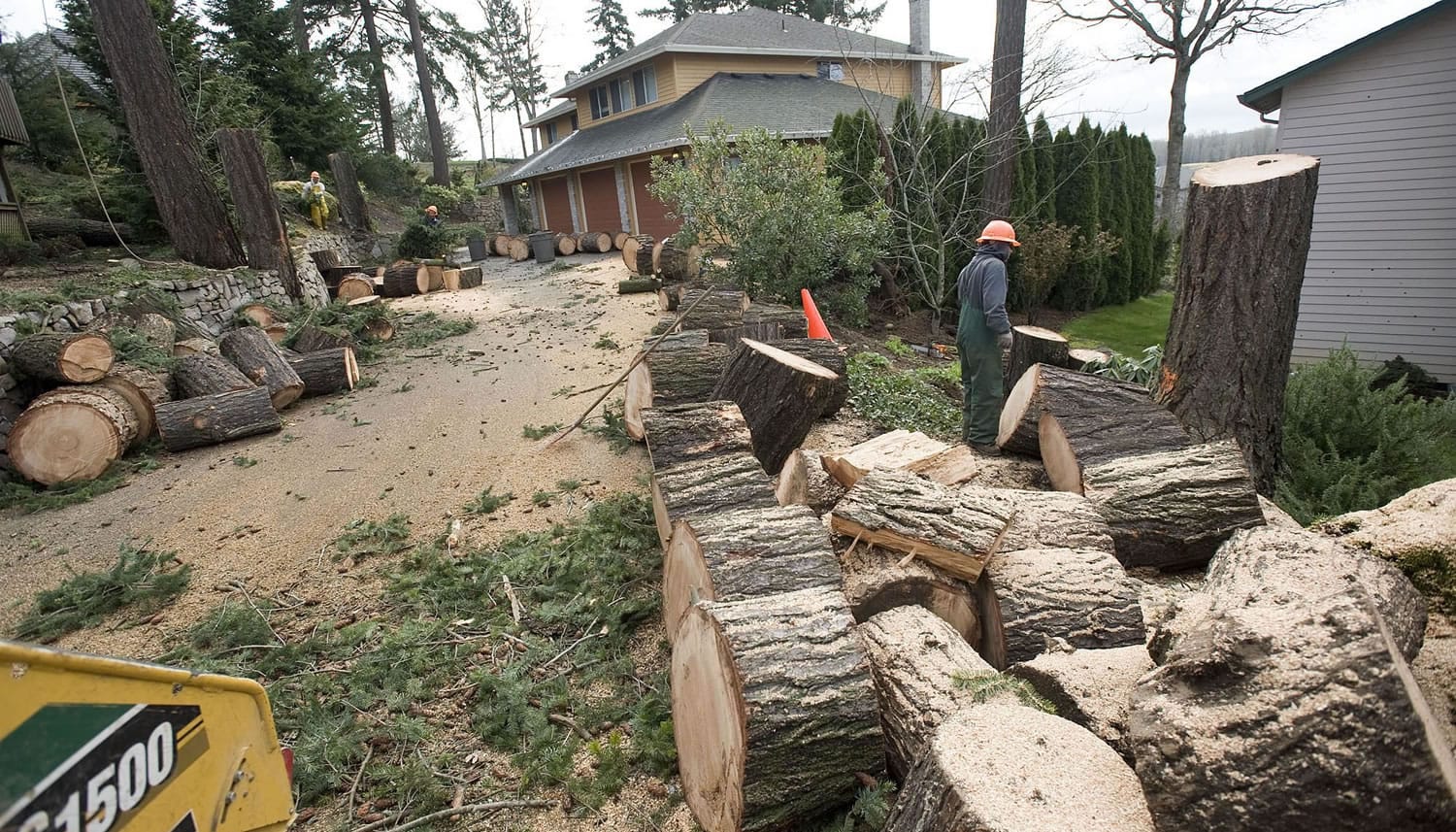OLYMPIA — Oregon State University researchers recently revealed a study showing public responsiveness to a campaign against invasive wood-boring insects and diseases that could infest and destroy local forests.
The Washington Invasive Species Council teamed up with agencies in Oregon and Idaho last July to spread the Don’t Move Firewood Education and Outreach Campaign throughout the Pacific Northwest. The project focuses on preventing a list of more than a dozen particularly threatening insects and diseases from reaching the three states in firewood carried in from other states, regions, or even foreign countries.
Invasive species agencies throughout the three states want to encourage campers to not transport wood to faraway campgrounds and burn all their wood before leaving a campsite. They set up billboards and posters with the slogan “Buy it where you burn it” at state parks and national forests throughout the Pacific Northwest.
Included on the list of target species is a range of insects with names as innocuous as the oak splendor beetle and diseases with names as nefarious as sudden oak death.
Though small and often unseen, the insects pose a serious threat, said Wendy Brown, the council’s executive coordinator. They devour trees, bit by bit. Even worse, since they are not native to the area, they have no natural predators to keep their population sizes under control, so an infestation can become devastating.
“They kill trees,” Brown said. “They kill forests.”
Some of these insects and diseases have sparsely showed up in Washington forests, Brown said. None have established large populations in the state yet, but once they make their way in, they are hard to eradicate.
Researchers surveyed 2,000 campers in Washington, Oregon and Idaho prior to the campaign and 2,000 more within weeks after it began.
Roughly 40 percent said they purchased their firewood from their local campground host, but 31 percent hauled it from home, often hundreds or even thousands of miles away in a vastly different region. About 60 percent said in the future they would change their habits to ensure they use wood that is local to where they burn it.
Damon Runberg, an OSU graduate student at the head of the study, visited campgrounds throughout the three states to interview campers about whether they brought in firewood, where it came from and how they would respond to the campaign. Runberg found virtually no variation in responses between campers at the three states.
Sam Chan, an assistant professor and invasive species specialist at OSU, said researchers found larvae in random bundles of wood they purchased from supermarkets. Most of what they found were native to the state in which the wood was sold, but not to that region of the state.
They even found firewood from China, Russia and New Zealand in Pacific Northwest stores. The wood is imported on ships, loaded on trucks, and then sold throughout the U.S., Chan said.
Many campers were unaware that bundles of wood can transport invasive species. The issue of pushing to prevent invasive species transfer through firewood is a fairly new topic to the Washington Invasive Species Council, as well, Brown said.
“I’ve been doing this kind of work for a long time, and this was a new pathway to me even,” she said. “A couple years ago, I didn’t really know much about it.”
Brown credits the Department of Agriculture for keeping populations of these wood-boring insects under control. The USDA funds the campaign with a $130,000 grant. The money will run out after this summer, though, so the campaign will soon come to an end, Brown said.
As far as how “local” firewood should be, Brown recommends burning it within the same watershed or county, or within 50 miles of where it was purchased.



